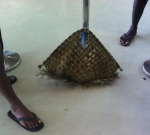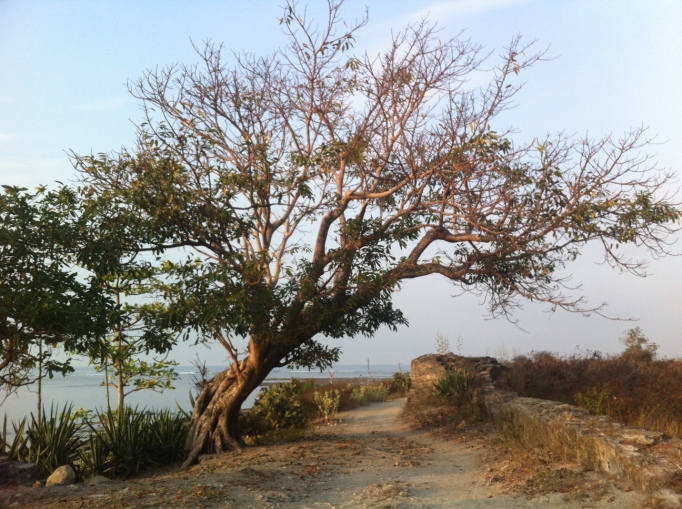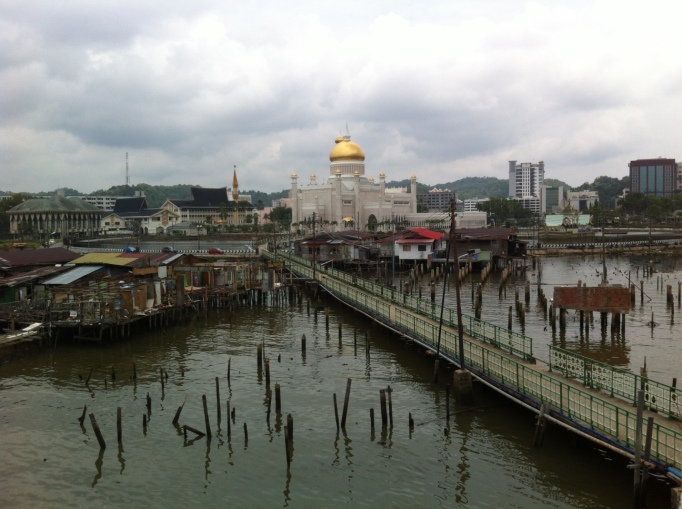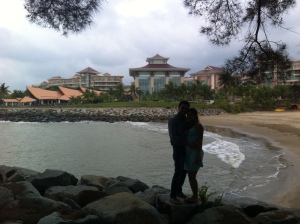I had heard of this island state, but always heard “Bogan Ville,” which made sense since it was Australian occupied for so long, but didn’t add up why there would only be bogans. But, its actually named after some French guy Captain Louis-Antoine de Baugainville who mapped it for the first time a long long time ago but never set foot on land when he sailed up the east coast of the island in 1768. It was the burial ground of many Japanese during WWII, while Australians and Americans also left some dismal footprints, and It just came out of a bloody “crisis,” a war waged between Bouganvillieans and the Australian over a ludicrous mining industry that took copper and lime-stone from the land without proper land-rights compensation. After being discovered in 1964 and thousands of people and millions of dollars were invested in the mine, Panguna mine was shutdown in 1989, and a civil war broke out as Papua New Guinea’s richest town became a black hole, deserted by the government and declared an independent republic in 1990. Some 12 years later, Papua New guinea recognized Bougainville’s claims to autonomy, and now that peace has been restored, only the burned-down remnants of Arawa, the mining town now squatted by locals, and a few road blocks to the mine still remind one of what actually happened.

Bougainvillians are usually black all over, but these kids have some red or brown blood, with light hair, and oh so cute
I flew from Rabaul to the auntonomous state of Bougainville, where a smaller island north of the main island called Buka with a city of the same name has remained largely unscathed and now full of expats (they say its one of the fastest growing cities in Papua, along with Kokopo). I stayed with some Kiwi girls, who volunteer for the Volunteer Service Abroad, and also the head guy for Australian Aid there. He comically explained to me its not fair to be white in Bougainville, since everyone can always seem him at night but he always jumps out of his socks everytime someone passes him and says “Evening!” and he can barely make out the whites of their eyes right beside him. They really are as black as night, and one of the independence slogans I saw for Bougainville was “Black is beautiful.” They call other people, who aren’t jet-black, brown or red, which I nearly could have resembled as far as skin tone, but since I didn’t have the fluffy hair, I was white as white. Some of the super-black skin had brown or red hair, which looked almost blonde in the contrast, but I haven’t really figured out why. It cant just be sun-bleaching, since I’ve never seen that in West Africa, but it could be genetic, or even a sign of malnutrition.
I took a PMV from the north of the island accross the Buka passage to Arawa, a 4 hour journey, and made the mistake of not peeing on our pee break. So when I finally got the courage to ask the driver to stop for me, he nearly broke a sweat trying to find a place, since everywhere he slowed down to check out, he’d speed off again saying “no no, plenty people.” I couldn’t see a soul around, and quite frankly I thought we were in the middle of nowhere, but finally he liked one patch of jungle more and let me out to pee. The woman beside me came to guard watch, and after 3 mosquito bites on my rear end, I returned to the car relieved.
I couchsurfed with a german guy who works for Geneva’s International Committee of the Red Cross, and his project there is fascinationg. They’re helping families find missing persons (which are mostly bodies in unlocated mass-graves) to facilitate the process of closure to many people’s grieving. The energy in Arawa made me strangely aware of this unfinished business, with the spooky energy of a destroyed town and its forgotten history never properly dealt with. People were peaceful, but also incredibly timid, shy and quiet, their inaudible voices rising only out of a whisper if you were more than 5 m away and heard a friendly greeting of “abynoon” (pidgin for “good afternoon”).
Toby took me snorkeling at one of the most beautiful coral reefs I’ve ever seen, and if you could ignore the sunken car batteries and floating plastic, you’d almost believe you were creeping up onto the Great Barrier reef. More than that, it was on a totally deserted beach, backed only by a few private fwellings, so keeping with their very sensitive land-use rights, we paid for our snorkel with a few beetel nuts to the land owner.
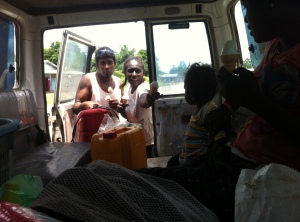
A Solomon Islander/Bougainvillian couple gave me Fanta and icecream before our boat journey together from the market in Buin to the airport in Balalae
Eventually I ended my tour of Bougainville on the southern end, where the town of Buin is closer to nearby Solomon Islands than Arawa. It took another 3 hour PMV to get to the end of the island, and while I lucked out with the passenger seat up front, the rest of the men sat in the open-air cab of the jeep, hooting and hollering the whole way. I’m not sure if they were screams of joy or just normal greetings, but all the passerby’s hollered back and the fireflies seemed to twinkle more in response.


